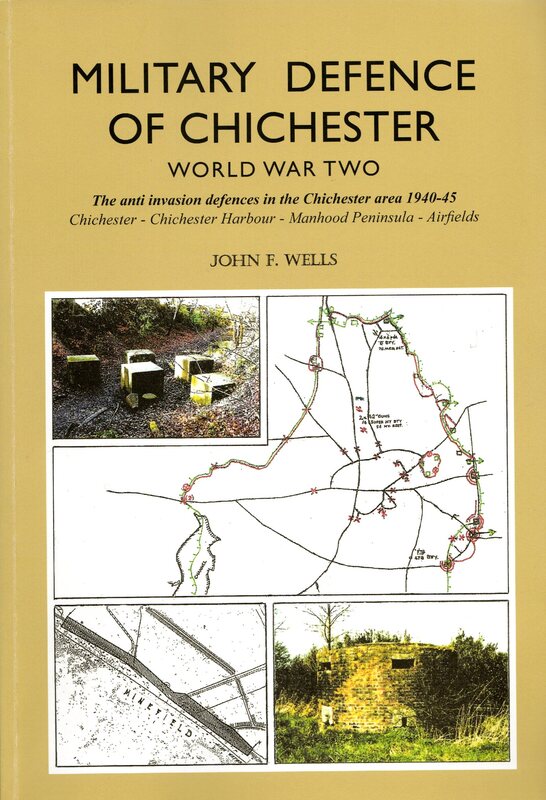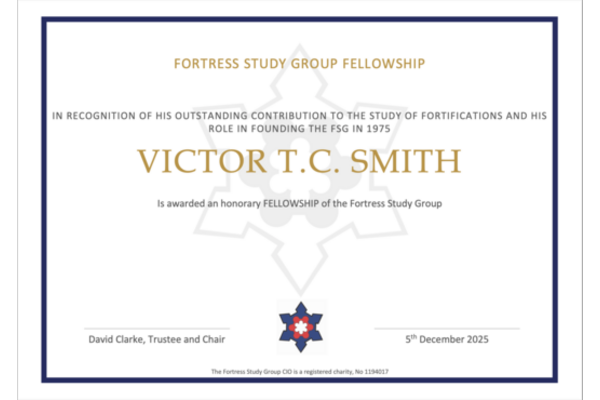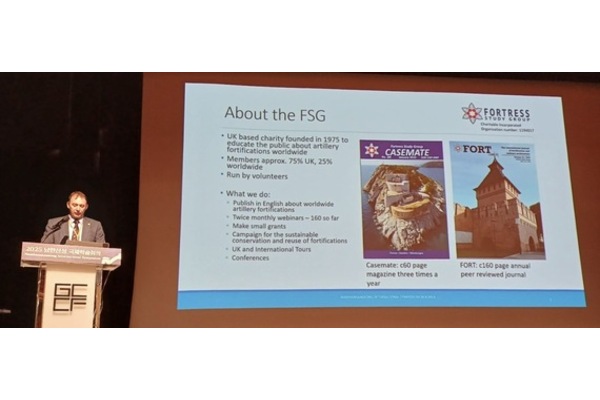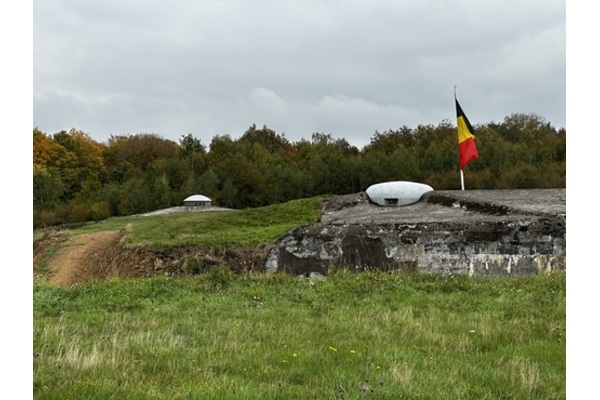We don't usually put book reviews on the website, they are normally included in either Casemate or Fort. We are making an exception for this book for two reasons.
Firstly due to a computer failure it missed the publication date for Casemate 134 and secondly because the author, FSG member John Wells, is kindly offering members copies post free.

Military Defence of Chichester, World War II
The anti-invasion defences in the Chichester area 1940-45
Chichester – Chichester Harbour – Manhood Peninsula – Airfields
By John F. Wells, Chichester (2024), ISBN: 978-0-9935041-1-2, £35 including p&p (FSG Members only), Non-members £35 plus p&p (£4)
JFW Publications, 25 High Street, Selsey, Chichester, West Sussex, PO20 0RB, Tel. 01243 606210.
Soft-back, A4 portrait format, 208pp, 67 figs & maps, 80 colour and 84 black and white photographs.
Over the years, since the publication of Henry Wills’ – Pillboxes: A Study of U.K. Defences 1940, in 1985, there have been several books published on anti-invasion defences, ranging from broadbrush national strategic studies, through to more considered, and or focused regional examinations, such as John Goodwin’s – Defending Sussex Beaches 1940-42, (2010). Many of these books have used information derived from fieldwork, archive photographs, and documentation; however, this publication is NOT just another anti-invasion book. It differs, in that it is a well-researched, highly focused, yet accessible and easily understood, in-depth examination of the anti-invasion defences of relatively small geographic area. It uses good quality paper that allows the maximum information to be derived from the extensive use of illustrations and photographs that support the excellent historic context and analysis within the text.
Probably the weakest aspect of the book is its rather drab and un-attractive buff coloured cover that displays two plans, and two small photographs, the colour of which is un-balanced. However, putting the cover aside, the contents is of a high standard and the book is broken down into six chapters: Chichester Nodal Point; Chichester Harbour; RAF Thorney Island; Manhood Peninsula; RAF Tangmere, Westhampnett, and Merston Airfields; Auxiliary Units (British Resistance), and finally, there is a conclusion that examines the removal, clearance and recording of the defences. This conclusion makes for very interesting reading as it covers an aspect of our defences that is rarely considered in other books. It examines the work of the Gilbert Committee, who prioritised the removal work, based upon three main criteria; A. Removal urgent, and in the public interest; B. Removal in the public interest at some time, when resources become available; and C. Removal not necessary in the public interest.
Each chapter is a stand-alone document, and is individually referenced with both primary sources and bibliographies listed. An extensive range of types of fortifications are considered; including, anti-invasion booms, minefields, pipe mines, scaffolding barriers, barbed wire entanglements, roadblocks, anti-tank ditches and obstacles, gun emplacements, buried fuel storage, and Auxiliary operating bases. But what really sets this book apart is the extensive use of details from defence plan maps, the many previously un-published wartime and immediately post-war photographs, and the use of contemporary vertical, and low-level oblique aerial photographs held in the Historic England archive at Swindon.
Although this work examines the military defence of Chichester area in depth, it is a readable and informative book, and its appeal to readers from other areas should not be underestimated, as it provides useful information that would be of interest to students of Second World War anti-invasion defences anywhere in the U.K.
Roger J C Thomas






